Throughout history, monasteries served as sanctuaries for spiritual contemplation, architectural innovation, and cultural preservation. Today, many of these historic structures have found new purpose as exceptional hotels that honor their contemplative heritage while providing distinctive accommodation experiences unlike those of commercial properties.
Here is a list of 15 former monasteries transformed into remarkable hotels where guests experience architectural grandeur, historical resonance, and the particular tranquility that comes from spaces originally designed for reflection rather than entertainment.
San Domenico Palace in Taormina
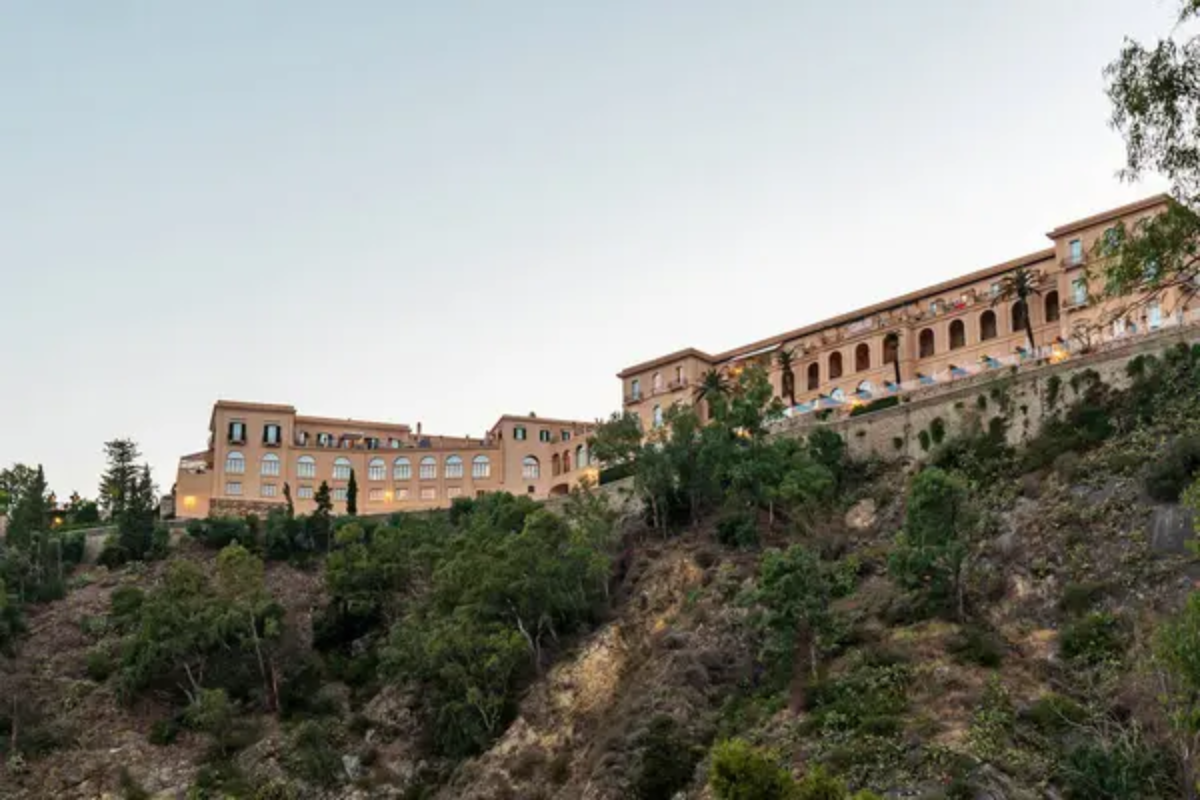
Perched on Sicily’s eastern coast, this 14th-century Dominican monastery preserves its original cloister, where columns frame views across the Ionian Sea toward Mount Etna. Former monks’ cells have become elegant rooms with vaulted ceilings and stone archways preserved despite modern luxuries.
The property’s gardens maintain original medicinal and culinary plantings established by the monastic community, now serving the hotel’s Michelin-starred restaurant. Morning light creates extraordinary luminosity in the former chapel, where architectural elements designed to enhance the spiritual experience now elevate dining and gathering spaces.
Mandarin Oriental Prague
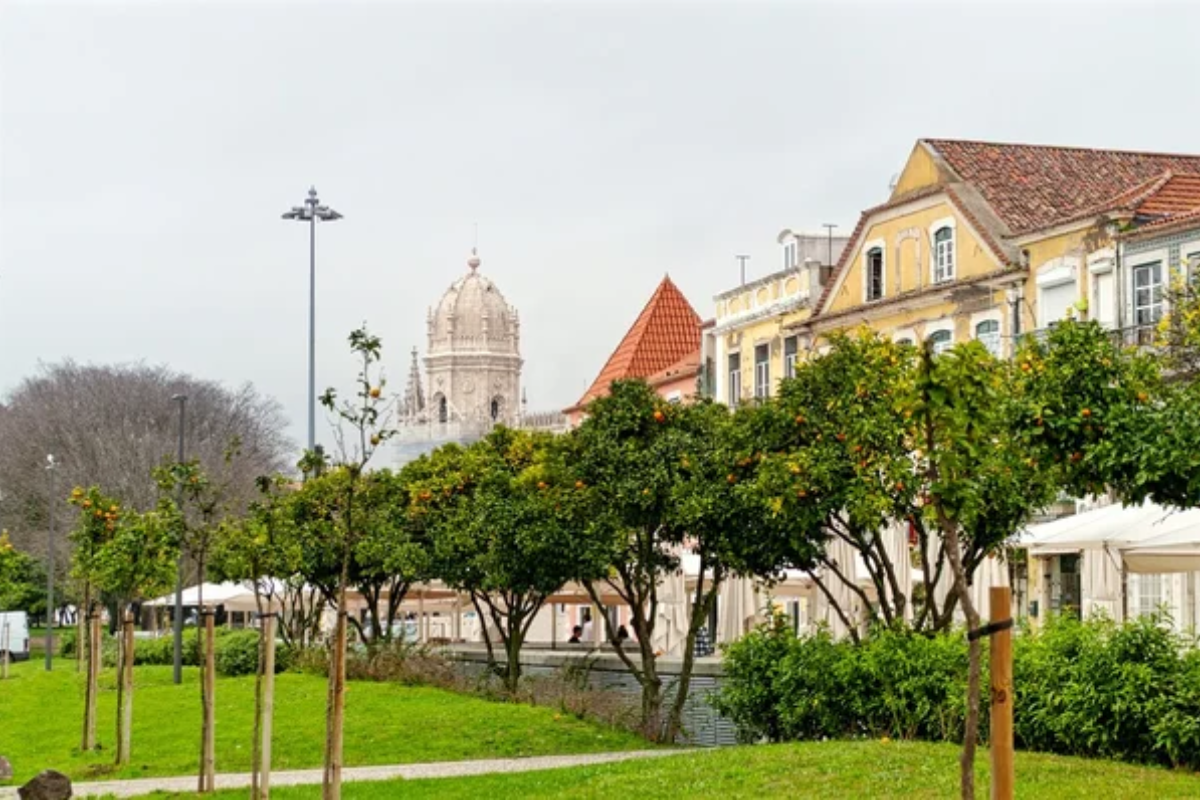
This former Dominican monastery in the Czech capital’s Malá Strana district preserves medieval foundations visible through glass floor panels in public areas. The original Chapter Hall, where monks gathered for daily meetings, retains perfect acoustics, now enhancing classical music performances during evening concerts.
Gothic cellars house the spa, where treatment rooms occupy spaces once used for meditation, creating a natural continuity between historical and contemporary wellness practices. The building’s substantial stone walls create natural sound isolation that contemporary hotels often struggle to achieve through mechanical means.
Like Travel Pug’s content? Follow us on MSN.
Parador de Santiago de Compostela
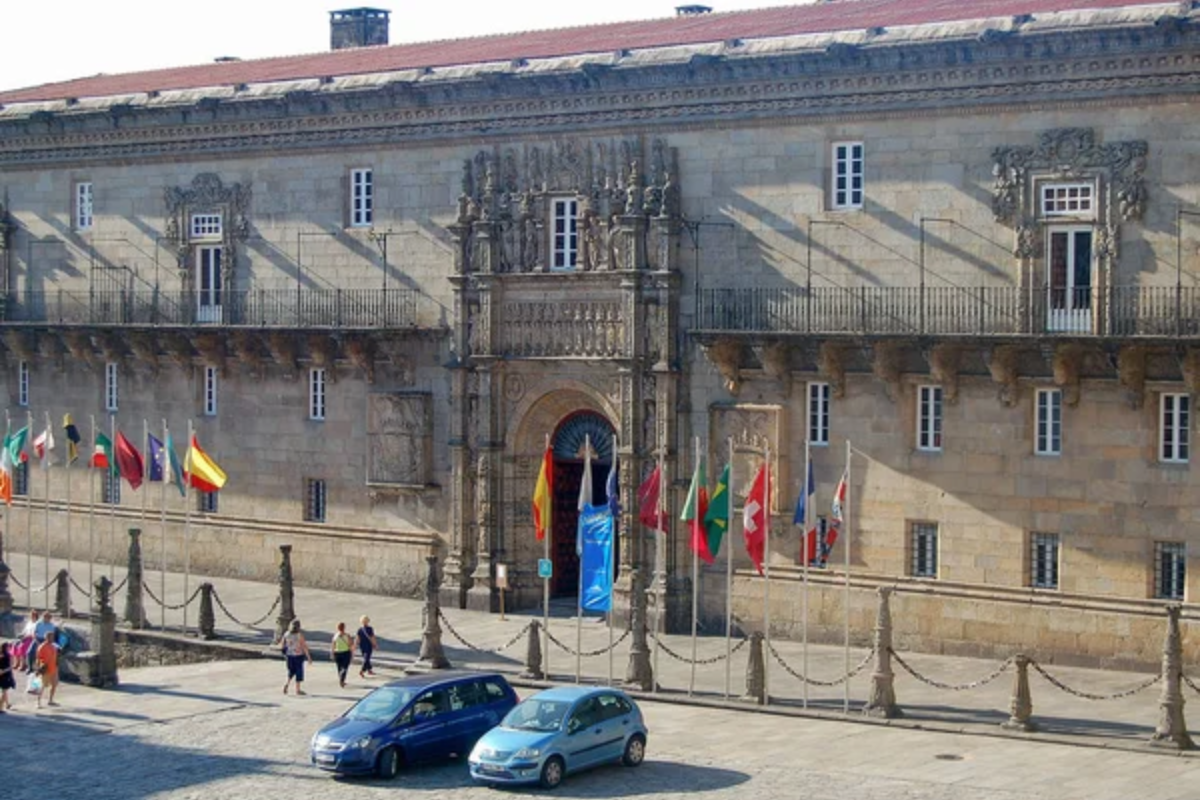
Known as the Hostal dos Reis Católicos, this former hospital and monastery began welcoming pilgrims in 1499 at the conclusion of the famous Camino de Santiago. The Spanish government’s Parador program preserved four interior courtyards where Renaissance cloisters created natural circulation patterns between public spaces.
Original stone staircases worn concave by centuries of use connect five floors where room locations follow monastic organizational principles rather than standardized hotel design. The property maintains selected areas under museum conditions, allowing guests to experience spaces essentially unchanged from when monks ministered to medieval pilgrims.
Monastero Santa Rosa on the Amalfi Coast
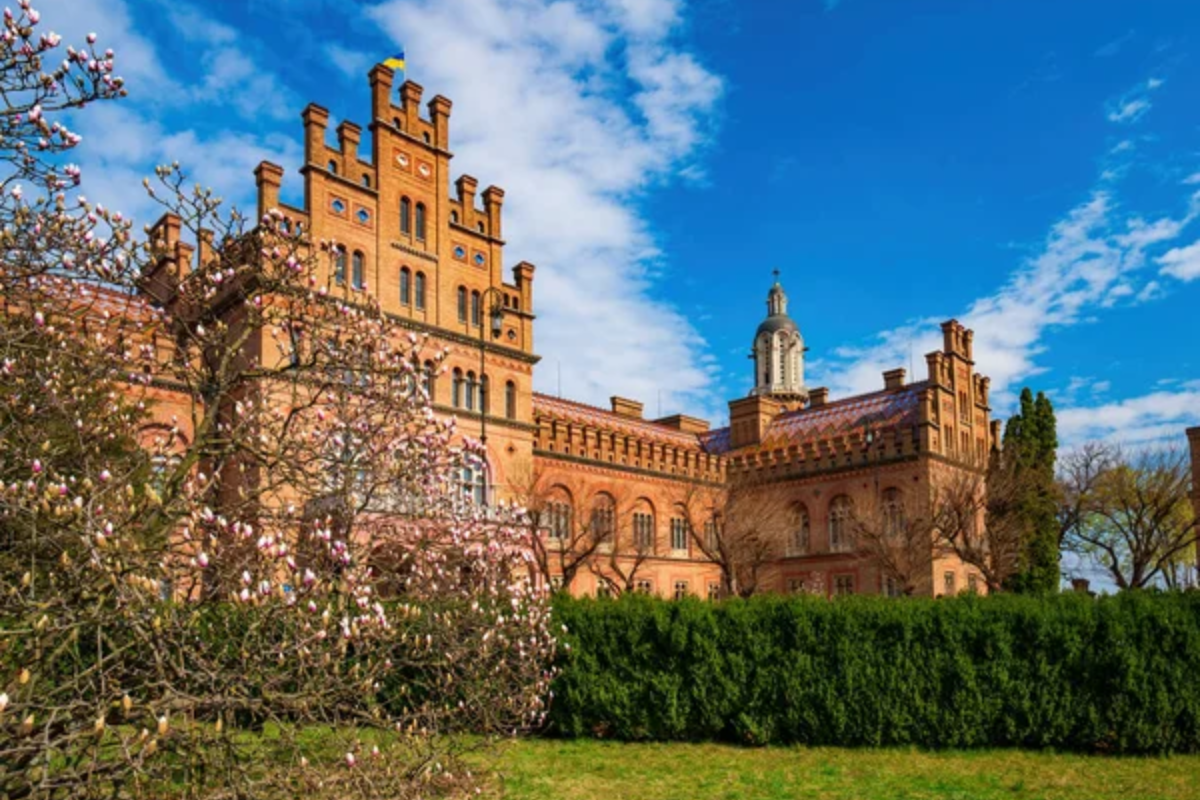
Dramatically positioned between sky and sea, this 17th-century structure cascades down a cliff where Dominican nuns once lived in isolation from the world below. Terraced gardens follow original designs where herbs for medicinal and culinary purposes continue growing, now serving the hotel’s kitchen.
Former communal spaces maintain vaulted ceilings and stone floors where modern furnishings create deliberate contrast with historical elements rather than attempting period recreation. The infinity pool extends outward from the cliff face, allowing swimmers to experience the same visual perspective contemplative nuns once accessed exclusively through prayer and meditation.
Le Couvent des Minimes in Provence

Constructed in the 17th century as a convent for the Minim Order, this Provençal retreat preserves architectural elements specifically designed to capture natural light throughout the day. The former cloister now serves as a central courtyard where lavender plantings reference both monastic traditions and the property’s current focus on botanical wellness treatments.
Original stone basins, once used for practical washing, now function as decorative fountains that maintain water sounds historically used to mask conversations and enhance privacy. Guest rooms occupy former cells where window placements maximize natural ventilation through principles developed long before mechanical cooling.
Like Travel Pug’s content? Follow us on MSN.
Fontevraud L’Hôtel in the Loire Valley

This massive abbey complex once housed both monks and nuns under the leadership of an abbess, creating architectural divisions still evident in the hotel layout. The property’s restaurant occupies the former refectory where exceptional acoustics developed for scriptural readings during meals now enhance dining conversations without electronic amplification.
Contemporary furnishings in stark white create deliberate contrast with limestone walls, emphasizing architectural features rather than competing with them. The property maintains Eleanor of Aquitaine’s tomb within the complex, allowing guests after-hours access to historical elements usually reserved for daytime visitors.
Kruisherenhotel in Maastricht
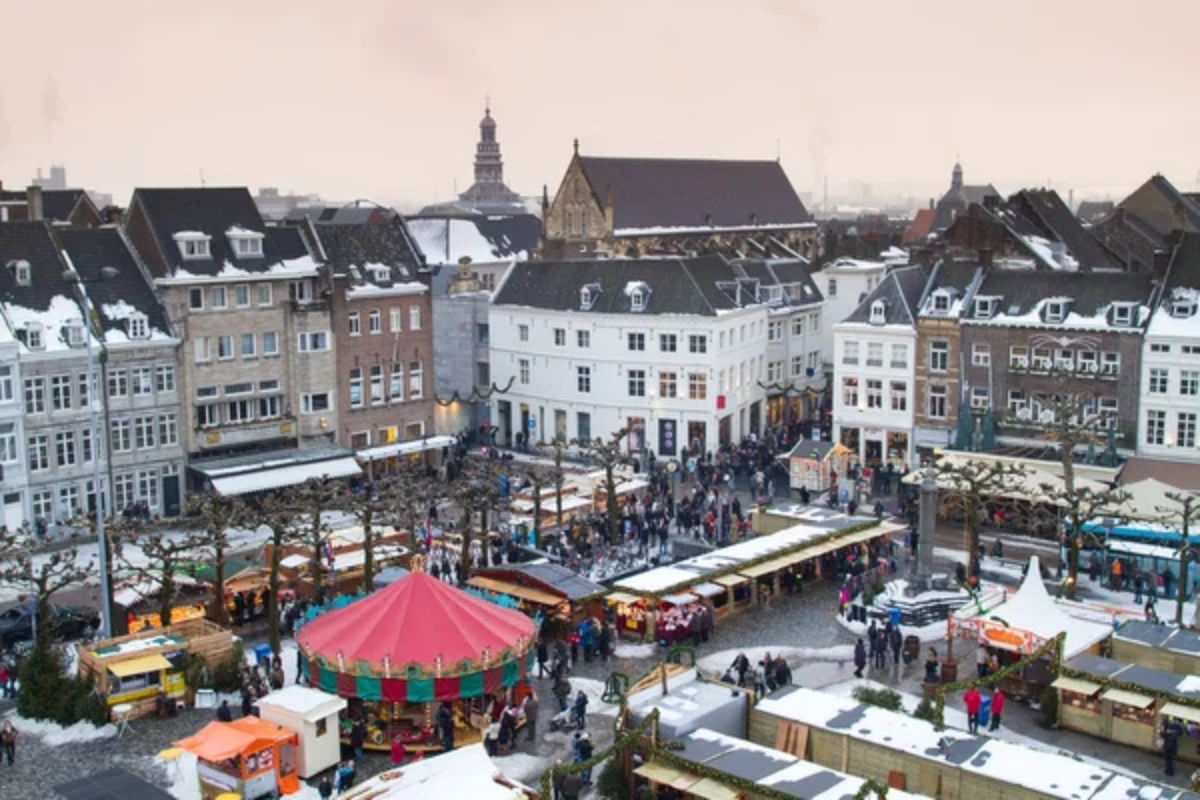
This Gothic monastery and church combine a medieval exterior with striking contemporary interior interventions designed by celebrated Dutch designer Henk Vos. The entry sequence takes guests through the original cloisters before ascending via a glass elevator through the church interior, creating a dramatic transition between historical and contemporary elements.
The church nave houses reception and dining spaces where the original height and volume remain uncompromised despite adaptive reuse. Former library spaces maintain exceptional natural light qualities specifically designed for manuscript reading and production, which now illuminate guest rooms with similar effect.
Hotel Monasterio in Cusco
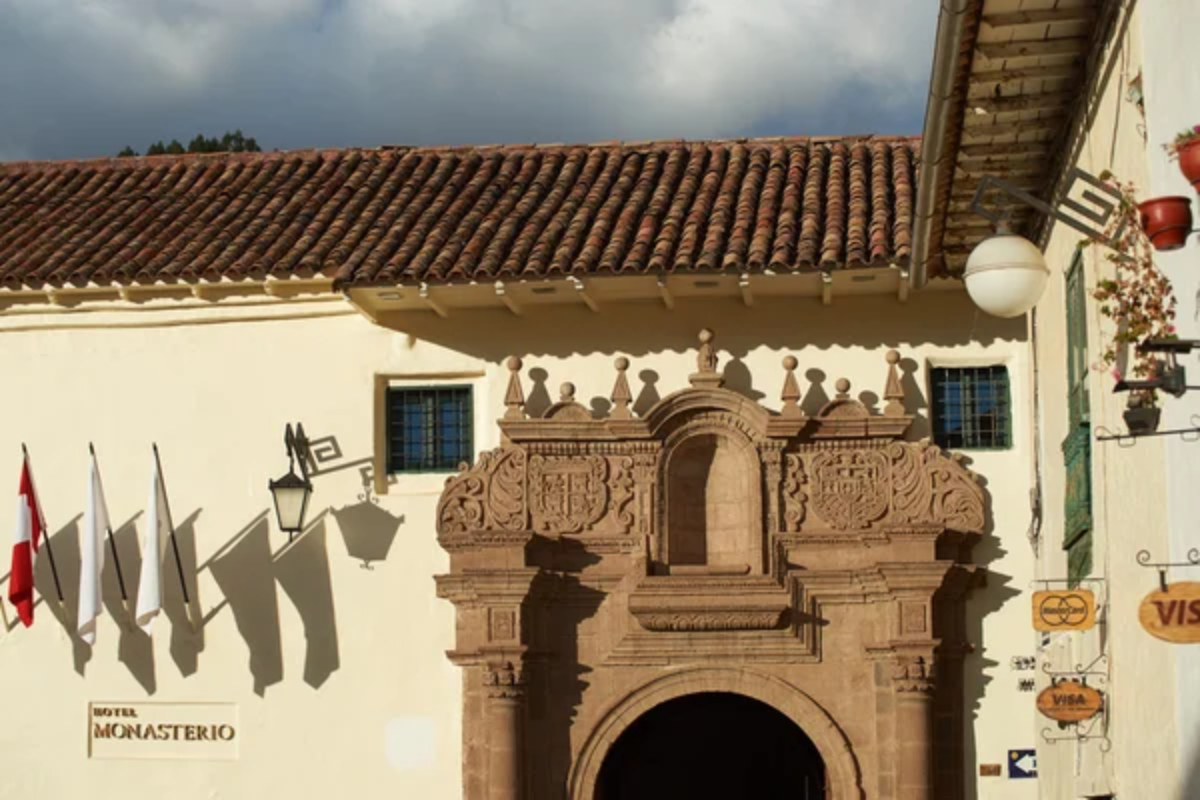
This former seminary built on Inca foundations survived multiple earthquakes through construction techniques that modern hotels in seismic zones still emulate. The property maintains its original chapel, where daily Catholic services continue alongside hotel operations, honoring spiritual functions while accommodating contemporary hospitality.
Oxygen enrichment systems address altitude challenges for guests unaccustomed to Cusco’s elevation, blending ancient architecture with modern wellness technology. Courtyards follow colonial Spanish organizational principles where fountains provide both visual focal points and ambient sound masking for conversational privacy.
Like Travel Pug’s content? Follow us on MSN.
Amberley Castle in England
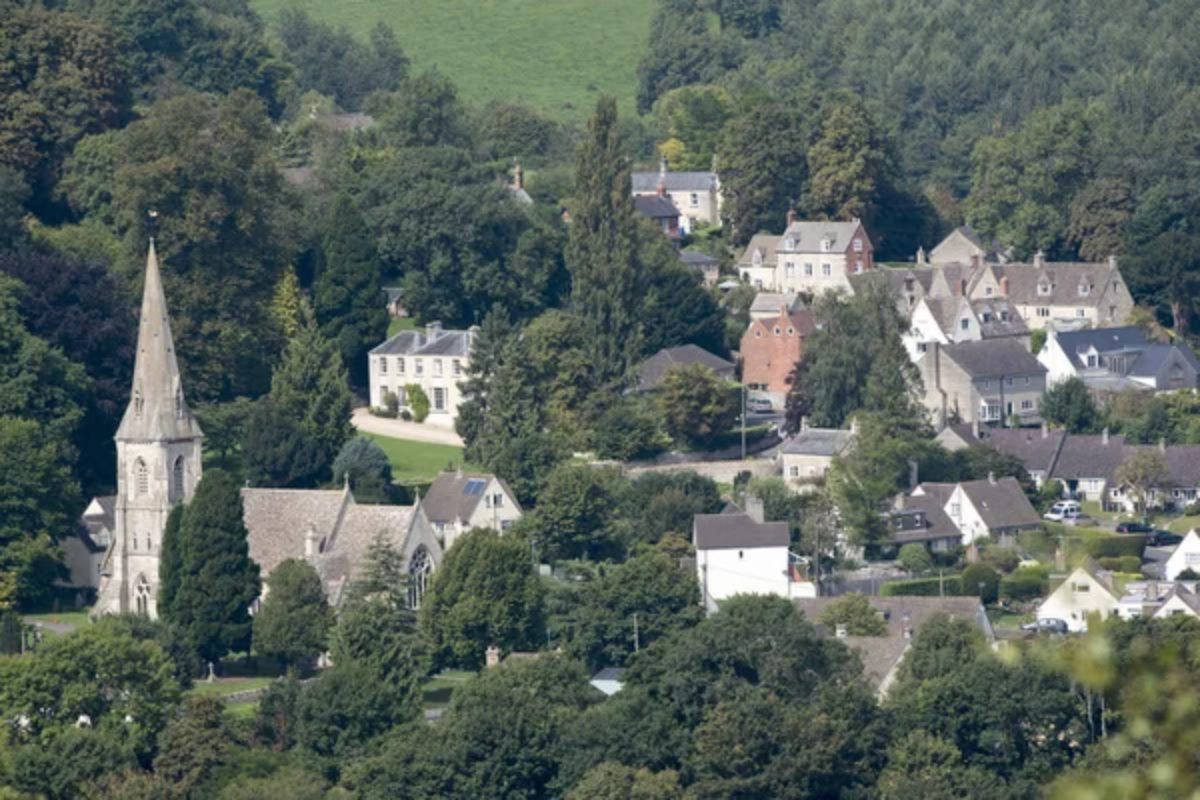
This former bishops’ residence combines monastic architectural elements with defensive features from its position guarding the South Downs. The property maintains its original portcullis raised and lowered daily, continuing centuries-old security rituals that now serve as a distinctive guest experience rather than a practical necessity.
Medieval stonework creates natural temperature regulation that reduces dependency on mechanical systems despite maintaining luxury comfort standards. Former chapel spaces maintain exceptional acoustics developed for plainchant performance, now enhancing small concerts and events within the property.
Hotel Convento do Espinheiro in Portugal

This 15th-century complex served multiple religious orders before extensive restoration and preserved its distinctive blend of Gothic and Manueline architectural styles. The property maintains its consecrated church, where original gilded woodwork and azulejo tile panels showcase Portuguese craftsmanship developed through centuries of monastic patronage.
Underground cisterns originally designed for water storage during siege now house the wine cellar where tastings utilize temperature conditions naturally maintained by medieval engineering. Cloisters connect various wings through covered walkways that protect guests from the weather while maintaining natural ventilation principles established by original builders.
Abadía Retuerta LeDomaine in Spain
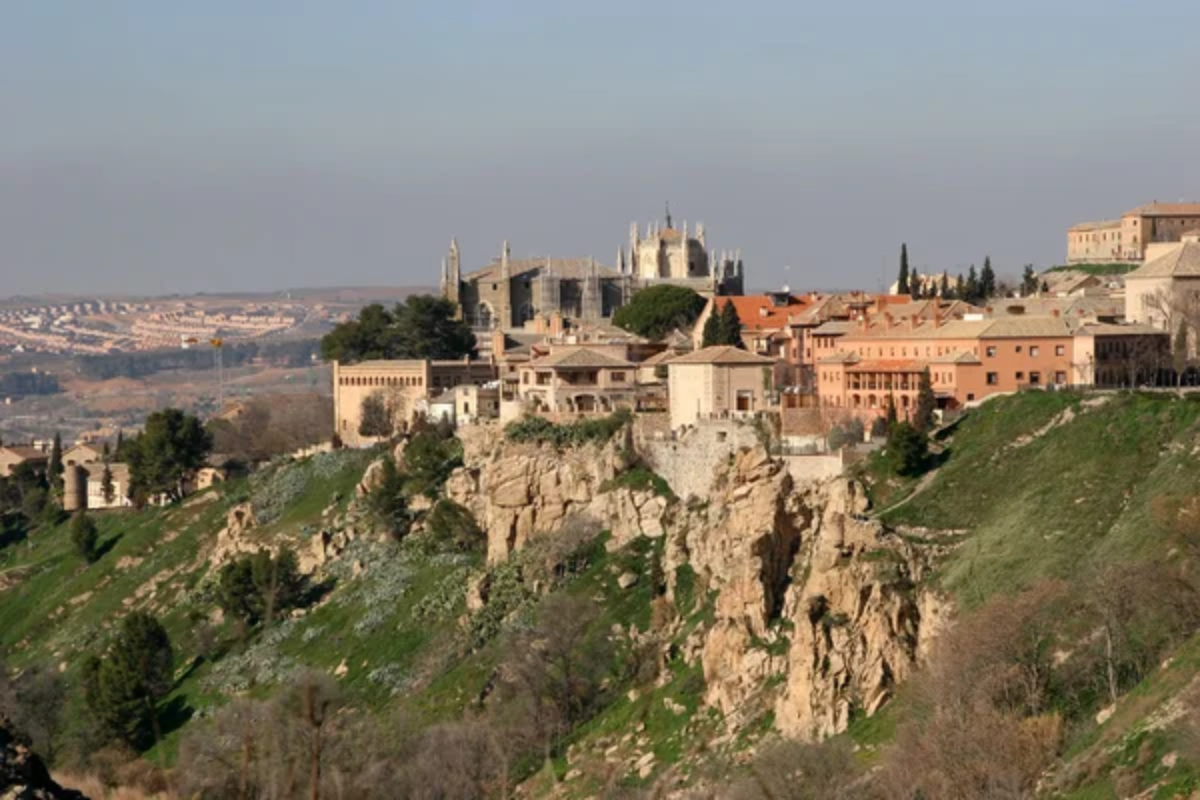
This 12th-century Romanesque monastery in the Duero Valley has transformed from a religious sanctuary to a wine estate and luxury retreat while preserving architectural integrity. Former stables now house the spa, where original stone troughs serve as decorative elements within treatment spaces designed around wine-based therapies.
The abbey church maintains perfect acoustics now used for classical concerts where guests experience musical performances from the same positions once occupied by monks during services. The property’s Michelin-starred restaurant occupies the former refectory, where contemporary culinary techniques honor monastic agricultural traditions through locally sourced ingredients.
Like Travel Pug’s content? Follow us on MSN.
Mandarin Oriental Bodrum
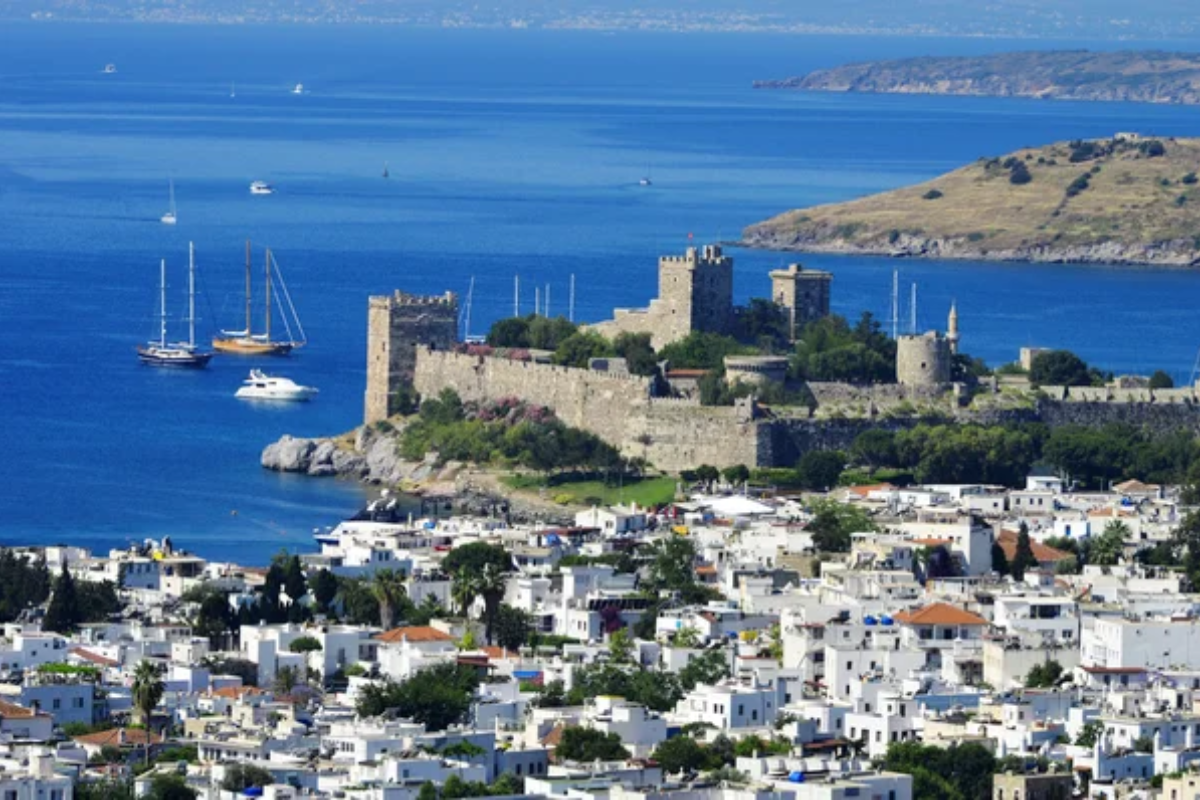
This Turkish coastal retreat incorporates architectural elements recovered from an 18th-century monastery previously occupying the site. Stone archways and columns have been integrated into new structures following original spatial organization principles that maximize natural cooling through cross-ventilation.
Indigenous botanical gardens follow monastic medicinal planting traditions while serving contemporary wellness programs focused on botanical treatments. The property’s siting preserves the exceptional natural light qualities that originally attracted monastic settlement, now enhancing guest experiences through the same luminous characteristics.
Luna Monastery Hotel in the Mount Athos Area
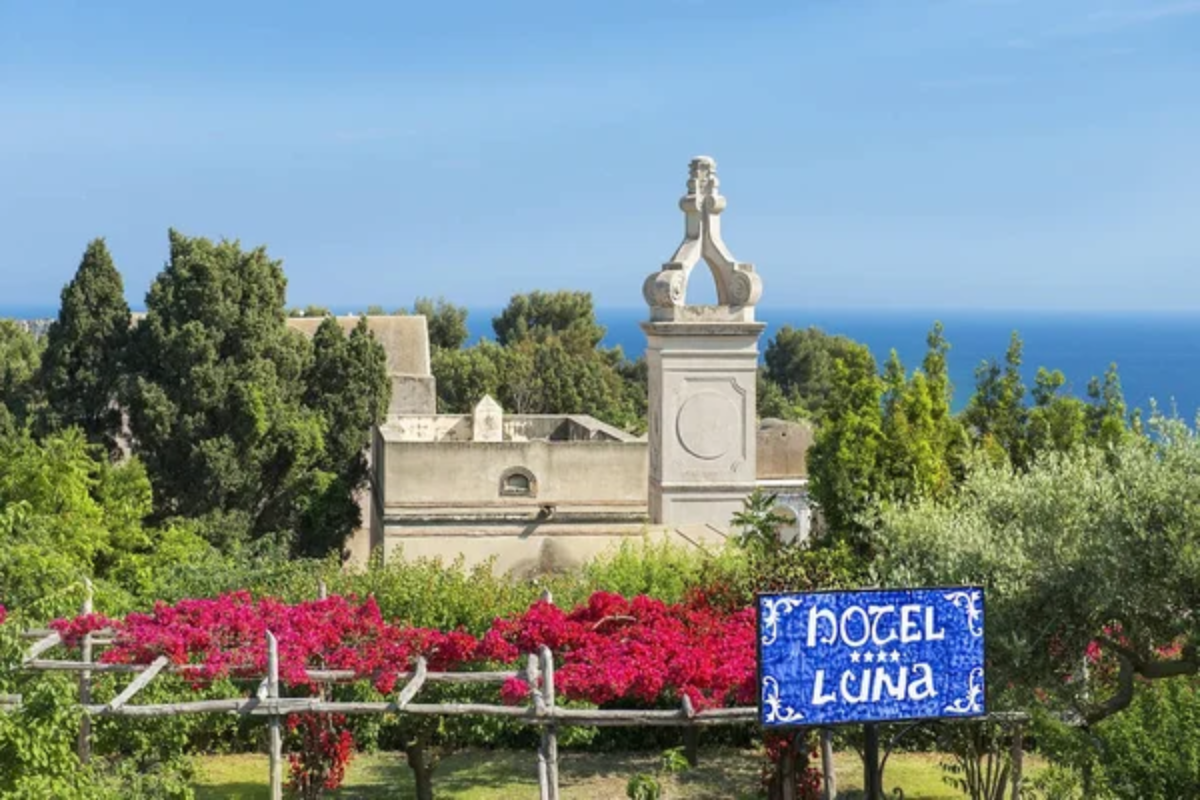
Located near Greece’s famous monastic peninsula, this former dependency of Mount Athos monasteries preserves Byzantine architectural elements while adapting spaces for contemporary comfort. The property maintains original frescoes where specialized conservation techniques have preserved religious imagery now visible in selected public areas and guest rooms.
Stone floors worn over centuries of use create distinctive textural elements impossible to replicate through artificial means. The dining room occupies former olive oil production spaces where massive stone presses remain as decorative elements connecting guests to the agricultural heritage that supported monastic communities.
Monastero San Giuliano in Sicily
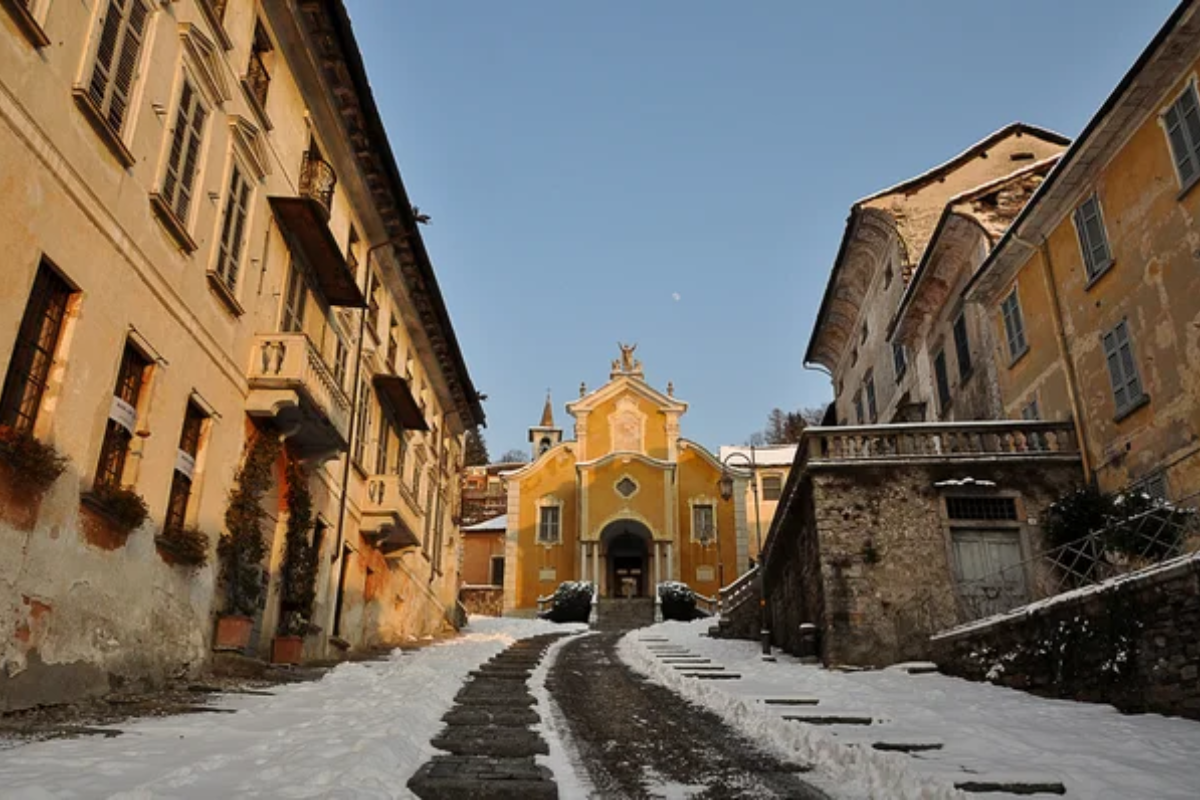
This former Benedictine monastery centers around a citrus courtyard where trees descended from original monastic plantings continue producing fruit used in the property’s restaurant and bar. Guest rooms feature distinctive vaulted ceilings and floor plans determined by original monastic cell arrangements rather than standardized hotel design.
The former chapel serves as a gathering space where exceptional natural acoustics enhance social interactions without electronic amplification. The property’s connection to agricultural traditions continues through cooking classes utilizing the former monastery kitchens where stone ovens built by monks remain in daily use.
Like Travel Pug’s content? Follow us on MSN.
JW Marriott El Convento Cusco

This 16th-century convent built atop Inca foundations preserves archaeological elements visible through glass panels integrated into public areas. The property maintains original cloisters where stone columns frame views of interior courtyards now serving as protected outdoor dining spaces.
Underground springs channeled by Inca engineers continue flowing beneath the structure, visible through architectural excavations that reveal multiple historical layers simultaneously. The adaptive reuse preserves distinctive spatial qualities specifically designed for contemplative community living while serving contemporary hospitality functions.
Spiritual Transformations
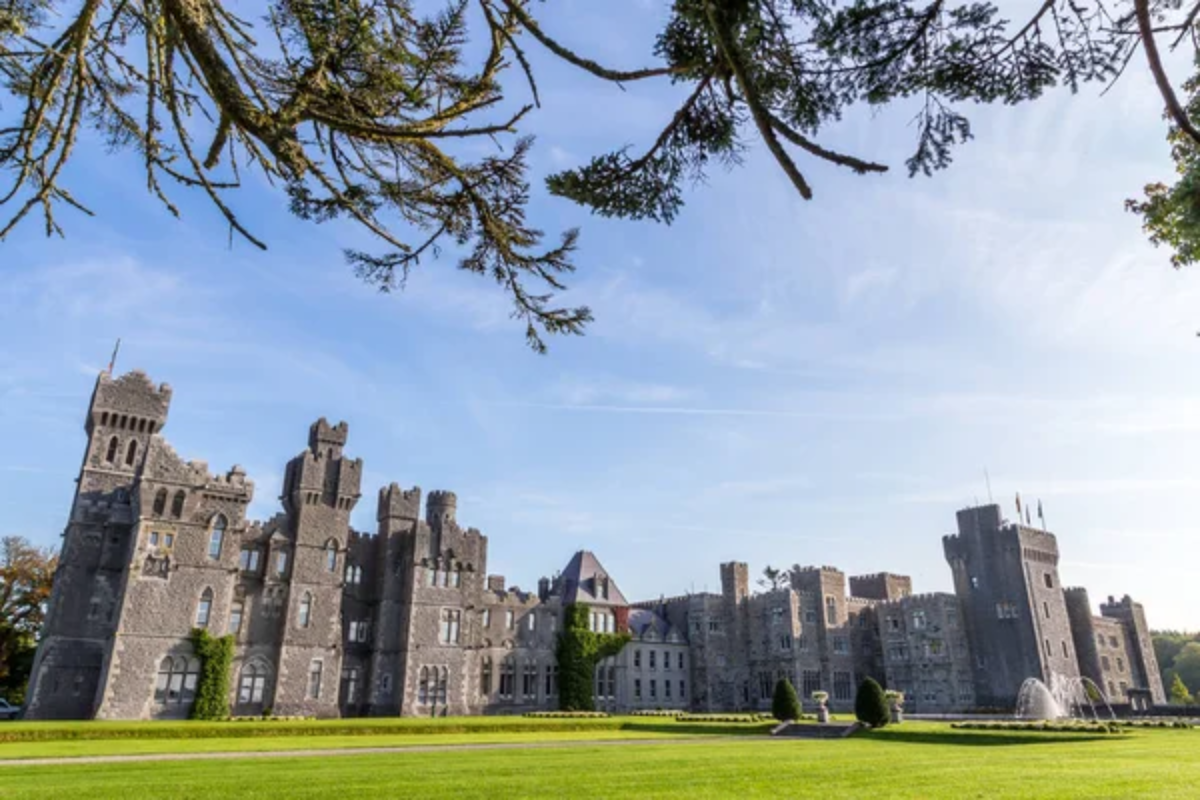
These transformed monasteries demonstrate how spaces designed for contemplation and community naturally adapt to hospitality functions that value similar qualities. Their architectural distinctiveness comes not merely from age or aesthetic appeal but from original design purposes emphasizing acoustic control, natural illumination, thermal regulation, and communal living arrangements that remain relevant to contemporary guest experiences.
The extraordinary sense of place these properties offer emerges from the continuity between original and current functions—both monastic life and thoughtful hospitality value privacy, community, sensory awareness, and connection to natural cycles. Perhaps their greatest appeal involves experiencing spaces designed with purposes beyond commercial motivation, where spiritual rather than financial considerations determined construction choices still evident in these remarkable transformations.
More from Travel Pug

- Cities Growing so Fast You Won’t Recognize Them in 10 Years
- 13 Destinations Where Tourists Regularly Regret Their Trip
- 20 Obscure WWII Sites Even History Buffs Don’t Know About
- 10 Under-the-Radar Mountain Towns That Are Both Affordable and Beautiful
- Remote Villages in Europe Where You Can Live for Free in Exchange for Work
Like Travel Pug’s content? Follow us on MSN.
